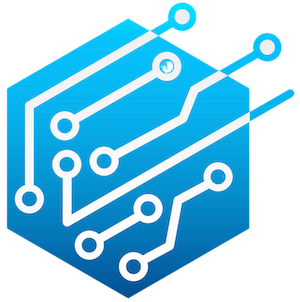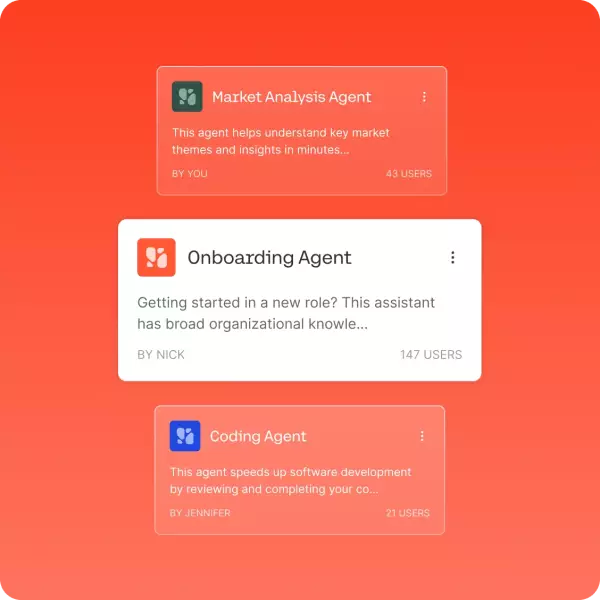In the rapidly evolving landscape of artificial intelligence, recent developments have shifted the focus from merely creating larger, more powerful models to developing smarter, more adaptable systems tailored for enterprise needs. Cohere, a Canadian startup with roots deeply embedded in cutting-edge research, emerges at this intersection by unleashing its latest innovation: Command A Reasoning. This model signifies a strategic pivot toward embedding genuine reasoning abilities into AI tools, fundamentally transforming how businesses can leverage automation for complex tasks such as customer service, data synthesis, and workflow management.
What sets Command A Reasoning apart isn’t merely its impressive technical specifications but its purpose-driven design. The model is purpose-built to handle large volumes of textual data—long email chains, extensive document repositories, and multi-layered workflows—without succumbing to the hallucination pitfalls that have plagued many AI systems. Its emphasis on reliable reasoning and contextual accuracy makes it a significant step forward in ensuring AI’s role as a trustworthy enterprise assistant rather than an unpredictable ‘hallucinating’ tool.
A Deep Dive into Technological Innovation and Market Positioning
At the core, Command A Reasoning boasts a hefty 111-billion parameters, aligning it with other major models like OpenAI’s GPT-5. However, what makes this model distinctive is its deliberate tuning towards multilingualism and task flexibility. Supporting 23 languages—from English and French to Hindi and Japanese—Cohere acknowledges the global nature of enterprise operations and the necessity for seamless, consistent performance across diverse linguistic markets.
Equipped to process up to 256,000 tokens on multi-GPU setups, the model is optimized for extensive document analysis and reasoning-heavy tasks. Its integration into North, Cohere’s new platform for deploying AI agents, highlights an ambitious vision: delivering on-premises, secure, customizable AI systems that remain within the enterprise’s infrastructure. This approach resonates strongly in today’s data-sensitive environment, where control over information flow is non-negotiable. Enterprises are increasingly wary of cloud-only solutions, making the choice to embed AI within their own systems a smart move toward data sovereignty and security.
Furthermore, the model’s capacity to support tool use—connecting to APIs, databases, and external systems—reinforces its practicality. Such features enable AI agents to perform actual actions rather than merely generate text, thereby elevating the role of automation from passive assistance to active operation. This reflects a maturing AI ecosystem where models don’t just understand or generate language but participate actively in workflows, decision-making, and operational automation.
Performance Benchmarks and Practical Impact
What truly cements Command A Reasoning’s significance is its measurable performance. Benchmark tests show that it consistently outperforms industry peers like DeepSeek-R1 0528, GPT-oss-120b, and Mistral Magistral Medium on core enterprise reasoning tasks. Its ability to handle cross-lingual benchmarks effectively underpins its suitability for multinational corporations aiming for uniform intelligence across markets.
The innovative token budget feature—allowing users to allocate more or less reasoning capacity—introduces a nuanced balance between speed, cost, and depth of understanding. This feature exemplifies a broader trend toward more customizable AI experiences, enabling enterprises to tune models according to their specific operational needs. A higher reasoning budget results in more comprehensive and accurate outputs, a crucial factor in enterprise decision-making where superficial insights won’t suffice.
Additionally, in deep research tasks, Cohere’s model has demonstrated superior capability in articulating detailed reports that are both insightful and digestible. This suggests a future where AI doesn’t just assist but leads in knowledge creation, turning vast data pools into structured, actionable intelligence—an invaluable asset for market research, strategic planning, and compliance monitoring.
Safety, Control, and Ethical Deployment
An honest assessment of advanced AI systems recognizes their inherent risks—misuse, bias, hallucinations, and over-caution. Cohere’s strategic focus on safety indicates an understanding that enterprise adoption hinges not only on power but also on trustworthiness. The model’s training process emphasizes filtering harmful content and balancing refusal rates, ensuring that legitimate requests aren’t unnecessarily denied while malicious queries are effectively deflected.
This is crucial for highly regulated or sensitive industries such as finance, healthcare, or government agencies. Trust in AI’s ethical boundaries can make or break enterprise adoption, and Cohere’s proactive safety measures position Command A Reasoning as a responsible AI partner. Collaborations with firms like SAP reinforce this vision, integrating enterprise-grade AI solutions into critical business processes with confidence in their safety and control features.
Final Reflections: A Step Toward Genuine AI Autonomy in Business
Cohere’s Command A Reasoning is not just another large language model; it’s a strategic move toward embedding reasoning and action within enterprise AI ecosystems. As AI becomes more intertwined with core business functions, models capable of handling complex, multilingual, and reasoning-intensive tasks will be indispensable.
What makes this release particularly compelling is its balanced approach—offering flexibility, performance, safety, and control—crafted specifically to meet the demanding needs of modern enterprises. Yet, one must remain critically aware that no AI is free from limitations. The dependency on bespoke deployment and integrated APIs introduces complexities that could hinder seamless adoption, especially for organizations lacking deep technical expertise or robust infrastructure.
Ultimately, Command A Reasoning signals a future where enterprise AI isn’t just a tool for automation but an intelligent, reasoning partner capable of navigating the intricacies of corporate workflows. It challenges the industry to elevate expectations, pushing toward AI systems that are not only powerful but also trustworthy and aligned with the nuanced demands of the real world.


Leave a Reply